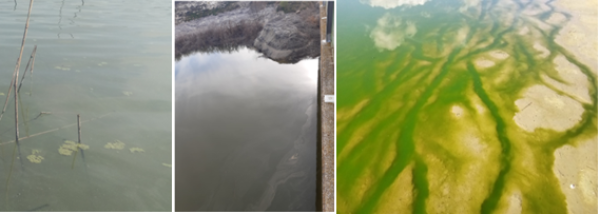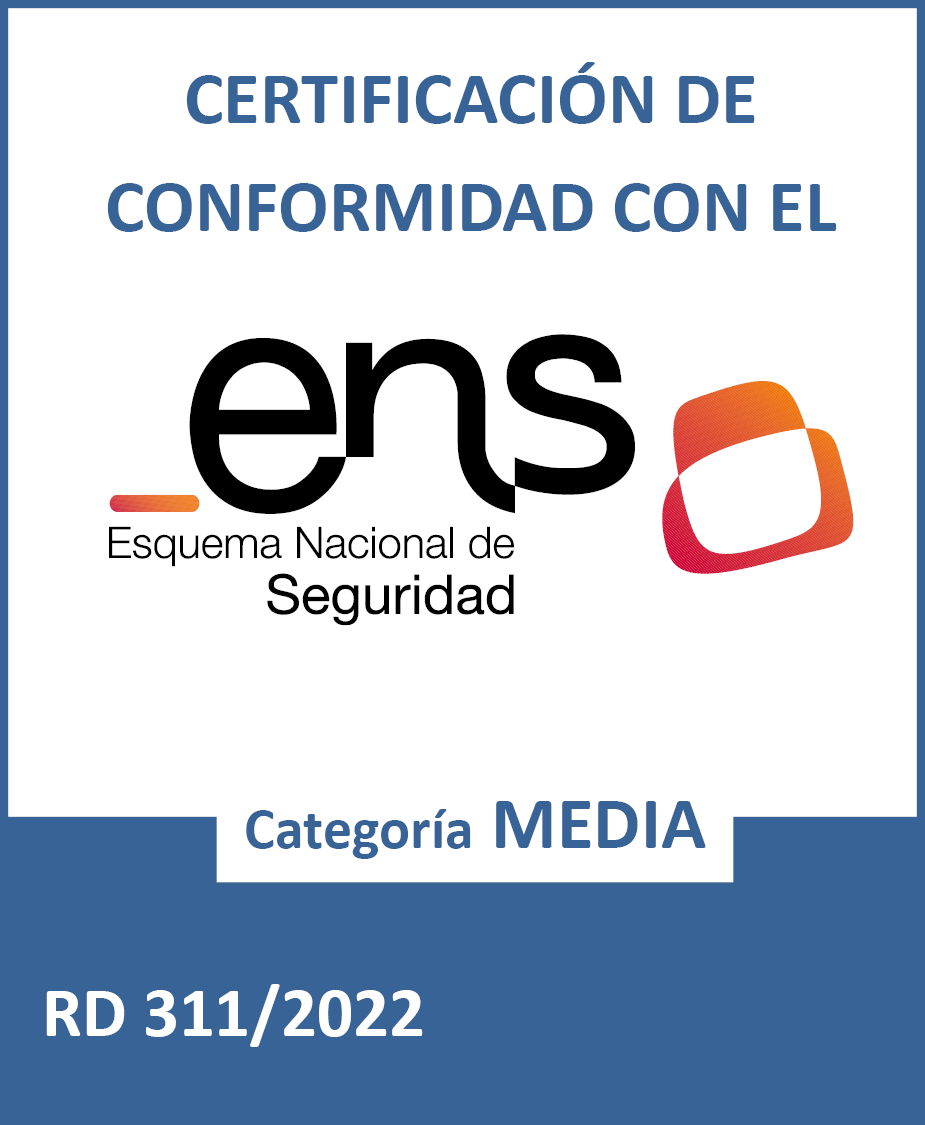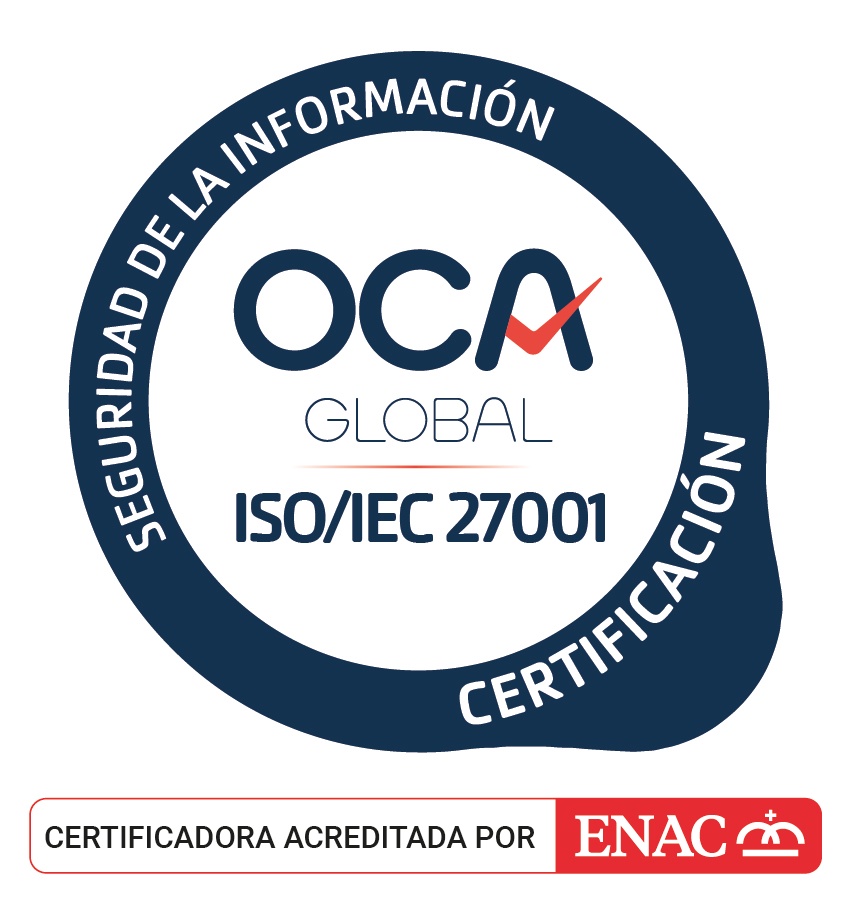Algae are a group of plants that are naturally present in all bodies of water, encompassing a great diversity of organisms, from single cells to multicellular organisms. They use sunlight to make organic matter through photosynthesis.
Algae are an important part of any ecosystem, however, their concentration and quantity can affect the ecosystem and even decrease water quality. If some type of algae begins to grow rapidly, it can suffocate other organisms that live in the water or there are even some species that can generate toxins. This is why it is important to keep track of algae blooms.
What do we call Algae Blooms, what does it consist of?
- Algae and more specifically phytoplankton (microalgae) proliferate under certain conditions, such as high temperatures, light, nutrient availability, oxygenation of the water column, eutrophication processes, etc.
- The algae consume the nutrients (mainly nitrogen and phosphorus) that are dispersed in the water, do so in excess and begin to grow rapidly, causing a proliferation of algae. When they die because their life cycle is short, a high concentration of dead organic matter is produced, which begins to decompose, consuming the dissolved oxygen in the water.

Different appearances of symptoms of the presence of blooms
How does it affect ecosystems?
When this phenomenon occurs, the physicochemical conditions of the water change, it becomes too dense and begins to acquire a greenish-bluish, brownish-yellowish or red color depending on the type of algae. The waters are losing quality, transparency and the flow becomes low or slow. As a consequence, there is an increase in temperature, toxins (poisons) are produced and noxious gases are released, which can cause varying degrees of affection to humans, fauna and especially livestock or pets that drink from the affected waters.
What actions does the CHS carry out?
The CHS carries out periodic and continuous monitoring of the continental water masses. Specifically, with respect to the reservoirs, an additional internal action protocol has been developed, in such a way that the reservoir personnel carry out a daily visual inspection and the personnel that are part of the control monitoring networks of quality of the continental water masses carries out a monthly inspection with sampling.
En cualquiera de los casos, cuando se visualiza la presencia de tapetes algales en superficie y/o coloración inusual del agua se pone en marcha el protocolo de actuación de todo el personal implicado.
Since 2022, to reinforce the monitoring and early prevention of Blooms, specific control has been launched, which extends the monitoring and sampling to be carried out in the reservoirs. The level of control has been prioritized based on the history of each reservoir and the uses for which it is intended.
In the following link you can see the control network of the reservoirs of the Demarcation, indicating with a color code the monitoring priority of the different reservoirs:
Reports
- Design report for the reservoir control network of the Segura Hydrographic Demarcation (year 2022) (1012.68 KB )
- Final report 2022-2024 (2.12 MB )
- Summary report 2022-2024 Argos Reservoir (1.85 MB )
- Summary report 2022-2024 Judio Reservoir (1.89 MB )
- Summary report 2022-2024 Ojós Reservoir (1.71 MB )
- Summary report 2022-2024 Pedrera Reservoir (1.45 MB )
- Summary report 2022-2024 Puentes Reservoir (1.42 MB )
Monthly reports
- 1 - March 2022 Report (326.77 KB )
- 2 - June 2022 Report (439.83 KB )
- 3 - July 2022 Report (433.66 KB )
- 4 - August 2022 Report (567.21 KB )
- 5 - September 2022 Report (541.56 KB )
- 6 - October 2022 Report (421.7 KB )
- 7 - November 2022 Report (472.74 KB )
- 8 - December 2022 Report (482.33 KB )
- 9 - April 2023 Report (367.56 KB )
- 10 - June 2023 Report (397.87 KB )
- 11 - July 2023 Report (465.45 KB )
- 12 - August 2023 Report (420.51 KB )
- 13 - September 2023 Report (854.46 KB )
- 14 - October 2023 Report (635.94 KB )
- 15 - November 2023 Report (350.16 KB )
- 16 - December 2023 Report (353.41 KB )
- 17 - January 2024 Report (1.18 MB )
- 18 - February 2024 Report (324.25 KB )



